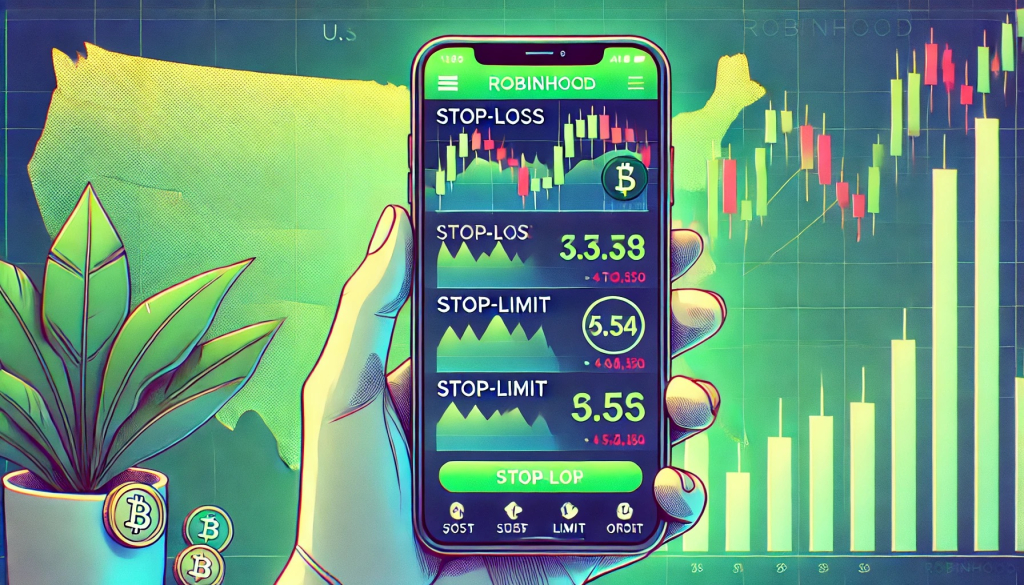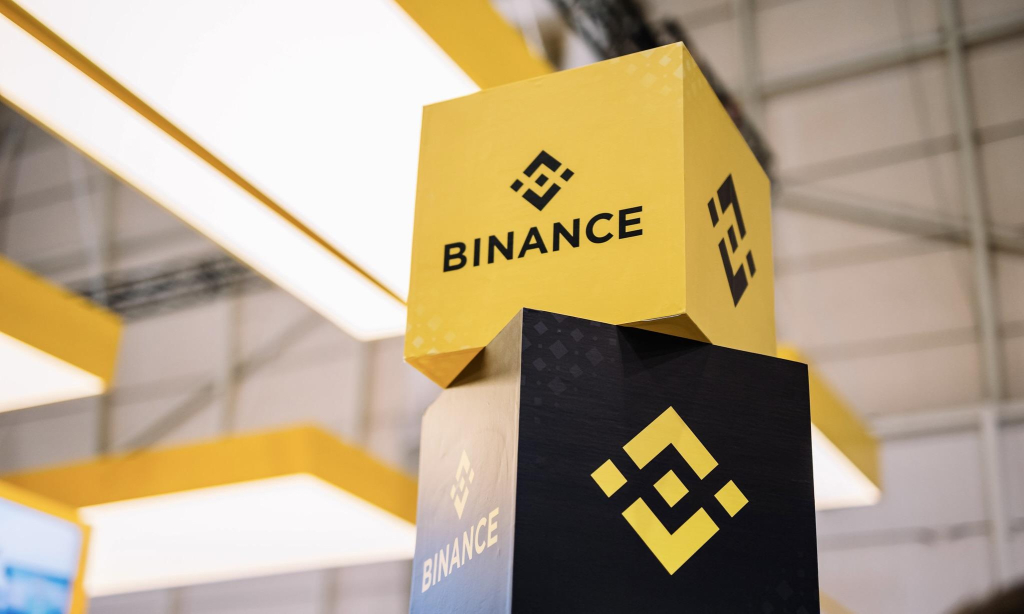In the swirling world of cryptocurrency, major participants rally their security measures as worry over the Multichain platform's stability intensifies. Multichain, an essential crossroads for transferring assets among various blockchains, has faced significant technical glitches, hindering some users from extracting tokens from the system. This has sparked a whirlwind of rumors about the platform's security and the future of its developers, amplified by Multichain's own conspicuous silence. A lone tweet attributing the platform's problems to "force majeure" only fanned uncertainty.
As a result of the information vacuum, more entities in the cryptocurrency sphere are now hedging against potential risks. This move exposes the potential harm that can be caused by crypto bridges, even exceeding the well-known risk of potential cyberattacks by rogue states such as North Korea. Multichain's significance as the third-largest bridge protocol by transaction volume and locked total value, as per Messari and DeFiLlama's data, makes the situation more precarious.
Typically, Multichain uses a mint-and-lock mechanism to transport assets across the 92 different blockchains it deals with. For instance, if a USDC stablecoin holder uses Multichain to shift the asset from Ethereum to Fantom, the token is secured in an Ethereum smart contract and then issued anew on Fantom - as a "wrapped" token, like anyUSDC in this case.
Remarkably, tokens like anyUSDC and other wrapped USDC tokens make up half of Fantom's stablecoin market, despite all USDC tokens on Fantom being "bridged" rather than "native" assets issued directly by Circle on the chain. All the USDC tokens on Fantom, therefore, depend on bridges to maintain their value.
However, when Multichain faltered recently, the mechanism failed, causing wrapped USDC tokens on Fantom to lose their dollar equivalence. Arbitrage traders reported snapping up these discounted tokens during the chaos. Binance, the world's largest crypto exchange, took this as an opportunity to remind traders to "always verify the credibility of the issuer behind stablecoins you hold."
Despite this turmoil and Fantom's high dependency on Multichain, there has been no mass migration from the platform as yet. Key metrics like total value locked have remained relatively stable despite some funds being transferred elsewhere, according to Parsec data.

























Comment 0